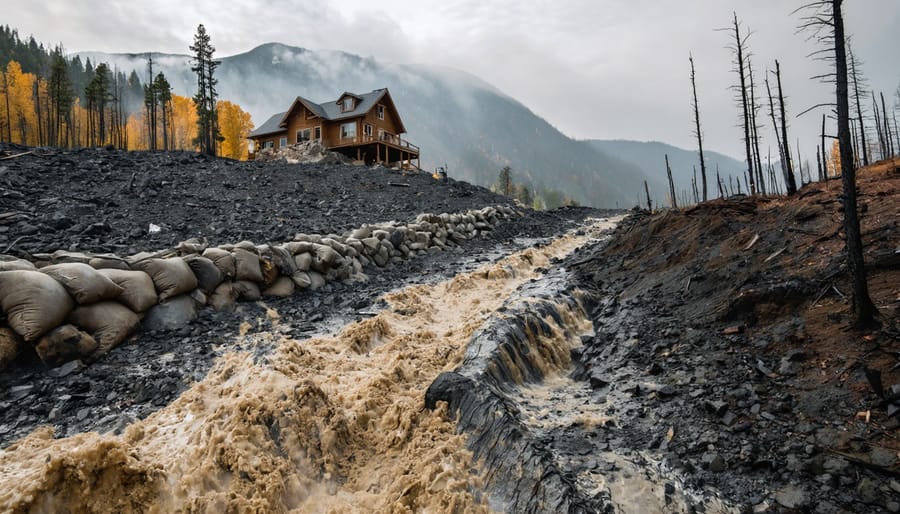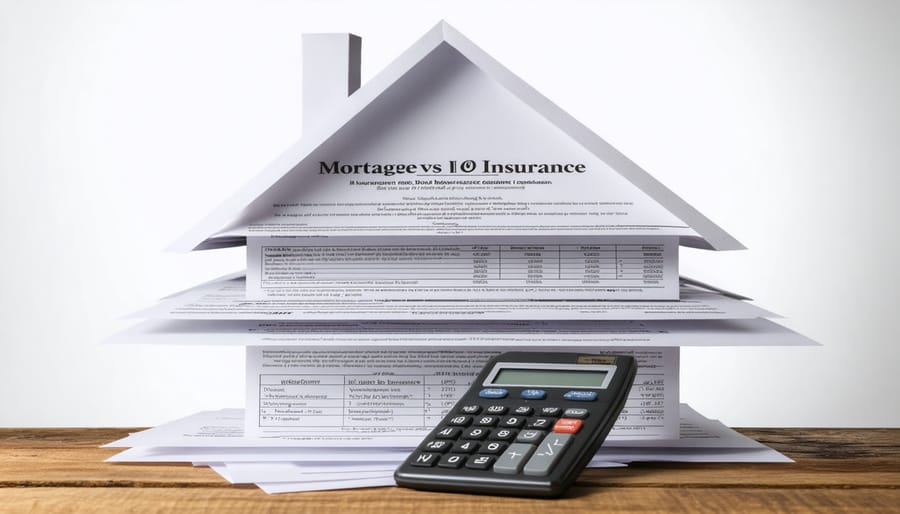**Audit your current homeowner’s policy for climate-related exclusions immediately.** Most standard policies contain surprising gaps—flood damage typically requires separate coverage, earthquake protection isn’t automatic, and “acts of God” clauses may deny claims for wind-driven rain or wildfire smoke damage. Request a complete list of excluded perils from your insurer, then cross-reference against climate risks specific to your property’s location.
**Prioritize carriers offering green rebuilding endorsements and climate resilience incentives.** These eco-friendly policies go beyond traditional …
Continue reading "Why Your Disaster Insurance Policy Won’t Cover Climate Damage (And What Will)"









